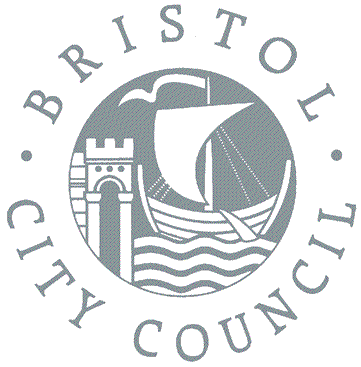Wapping Wharf, Bristol, Part 1
Why dig at Wapping Wharf?
This work is being carried out in accordance with a planning condition attached to the original planning consent. This was imposed following advice to the Local Planning Authority from the City Council’s archaeological officer, after a comprehensive documentary assessment and subsequent trial excavation of the site carried out in 2003 and 2004.
What do we already know about the site?
Initial studies showed that the site lay in an area known as Addercliff in the medieval period, part of the lands of St Augustine’s Abbey (now Bristol Cathedral) and described as pasture in the late 1400s. It was part of the lands of Trin Mill, a water mill that lay where Bathurst Basin now meets the Floating Harbour, granted to the Abbey between 1154 and 1170.
The area remained as pasture until the late 1600s when evidence suggests the site was first used for shipbuilding. Docks were constructed, including a Dry Dock that runs under the present site of M Shed. From the 1700s, buildings associated with shipbuilding and ship repair were being constructed on the site, including a long ropewalk, an anchorsmith’s shop, blacksmiths’ shops and a deal or timber yard. These are shown in drawings and maps from the late 1700s onwards.

South-east view across the Wapping Wharf site
What about the New Gaol?
The New Gaol was built at the southern end of the site between 1816 and 1820, to replace the medieval Newgate prison north of the Castle. It was burned during the riots of 1831 and subsequently rebuilt. It had closed by 1883 and the site bought by the Great Western Railway Company. Most of the building had been destroyed in 1898, leaving the surviving gatehouse and parts of the southern perimeter wall.
The initial archaeological trial works uncovered evidence for the ropewalk and associated buildings, some of which may have been domestic dwellings, but some would undoubtedly have been connected to the shipbuilding and repair works. No evidence was found for the destroyed parts of the gaol, the ground level here having been reduced almost to the underlying bedrock when the railway was constructed.
What might be found there?
The present excavation is intended to recover evidence for the development of the site from the late 1600s or early 1700s onwards. In particular, it is hoped to recover detailed evidence for the range of maritime industries that were being carried out here and the developing technologies being used, as well as information about the working conditions that would have prevailed.
The excavation will continue until February 2013, after which analysis of the excavated material will take place, leading to the publication of the results. Further investigations will take place in advance of future phases of the development area.

Looking north at the foundation walls of a possible smithy, with a well in the foreground. Bristol Cathedral can be seen in the distance behind the Lloyds Building on the far side of the Floating Harbour
Related Posts
Tags: bristol, gaol, post-medieval, shipyard
- Categories
- Events
Excavations
Finds
Survey
BaRAS is registered as an organisation with the Chartered Institute for Archaeologists
All material © copyright BaRAS 2004 – 2016




